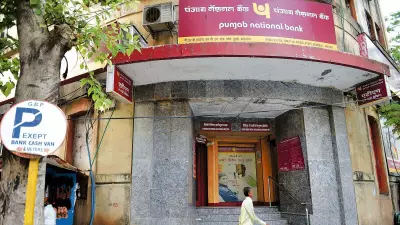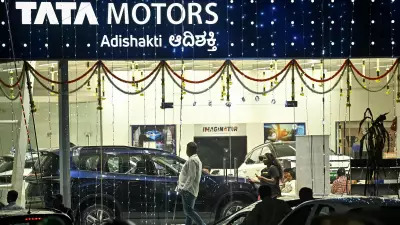
In a landmark initiative to fortify India's structural landscape against seismic threats, Hilti India recently convened the Seismic Academy 2025, bringing together the nation's foremost experts in earthquake engineering and disaster resilience. This pivotal gathering marks a significant step toward creating a safer, more earthquake-resistant India.
Building a Seismic-Secure Future
The conference served as a crucial platform where industry stalwarts, government representatives, and technical specialists collaborated to address one of India's most pressing infrastructure challenges. With approximately 60% of the country's landmass vulnerable to earthquakes, the need for robust retrofitting solutions and advanced seismic design has never been more urgent.
Key Focus Areas and Strategic Discussions
Throughout the intensive sessions, participants delved into multiple critical aspects of earthquake preparedness:
- Advanced Retrofitting Techniques: Exploring cutting-edge methods to strengthen existing structures against seismic forces
- Policy Framework Development: Creating comprehensive guidelines for nationwide implementation
- Technology Integration: Leveraging digital tools and innovative engineering solutions
- Capacity Building: Enhancing skills among construction professionals and engineers
Expert Insights and Collaborative Solutions
The assembly featured thought-provoking presentations and panel discussions that highlighted the importance of proactive measures in urban planning and construction. Experts emphasized that retrofitting existing structures is not just an engineering imperative but an economic and social necessity.
"The collective wisdom shared at Seismic Academy 2025 represents a turning point in how India approaches structural safety," noted one participating engineer. "We're moving from reactive measures to proactive, systematic protection of our built environment."
Charting India's Resilience Roadmap
The outcomes of this gathering are expected to influence national building codes, construction practices, and disaster management protocols. By creating a unified approach to seismic resilience, the initiative aims to significantly reduce potential damage and save countless lives during future seismic events.
As India continues its rapid urbanization and infrastructure development, the strategies formulated at Seismic Academy 2025 promise to embed earthquake resilience into the very foundation of the nation's growth story, ensuring that safety and sustainability walk hand-in-hand with progress.





